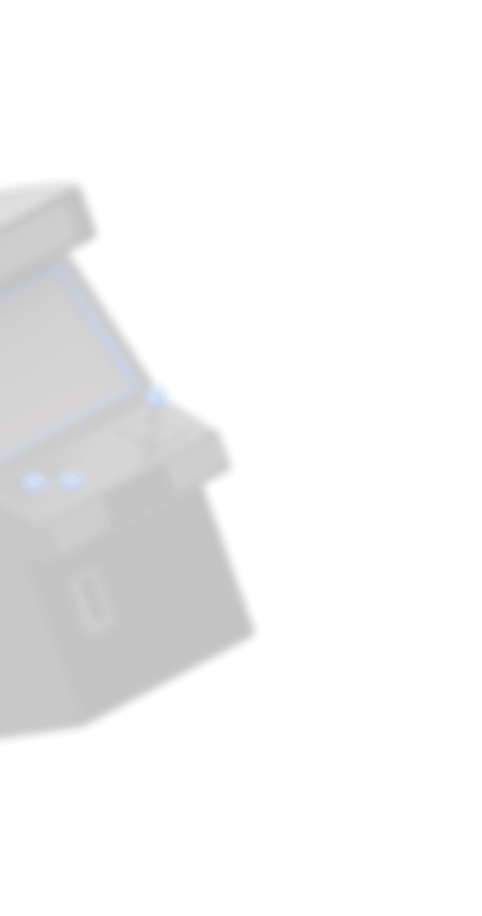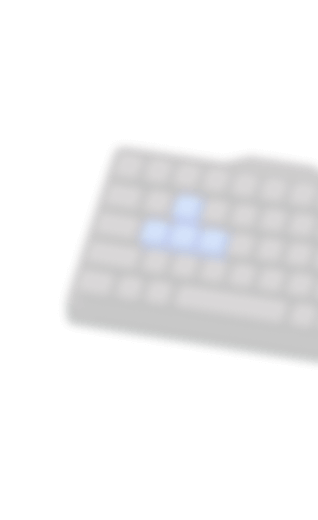



If you enjoy puzzles that challenge the mind, play Sudoku online for free directly in your browser. The Sudoku game is designed so you do not have to download anything — just select a puzzle and enjoy it whenever you want.
Whether a novice or a pro player, you can choose the skill level that best suits you and solve classic Sudoku puzzles or some of its versions, such as Killer and Samurai, on any of your gadgets. Each free Sudoku is a playable puzzle, so revitalize yourself and take a break with fun, quick, and free games.
Sudoku traces its roots back to the Latin squares used by mathematicians in the 19th century to construct order out of chaos. It evolved into Number Place, a logic puzzle introduced by Howard Garns in 1979 featuring a 9x9 grid.
The puzzle made its way to Japan in the mid-1980s under the name “Sudoku,” meaning “single number.” It exploded in popularity when the major Japanese newspaper Nikoli began featuring it, spreading internationally by the 21st century.
Sudoku is not rocket science but still has a rich math behind it. A solved 9×9 Sudoku puzzle can be treated as a specific form of Latin squares — a mathematical structure where each of the numbers 1-9 appears exactly once in each row and column. The strength of combinatorics (i.e. counting) shows the indefinite potential of Sudoku: one can find more than 6.67×10²¹ valid 9×9 grids.
Still, the puzzles, which have an insufficient number of clues, might have several solutions. A minimum of 17 clues is required to guarantee a unique solution. Solving Sudoku is known to be NP-complete, meaning there is no quick formula that works for every puzzle.
Researchers use Sudoku to explore combinatorics, symmetry, and graph theory. This deep math is why new Sudoku puzzles can be generated almost infinitely, and the challenge never ends.
Sudoku evolved from earlier number-placement puzzles. An early ancestor was the Number Place puzzle by Howard Garns in the late 1970s. Before that, mathematicians had studied Latin squares in the 18th century, arranging symbols in a grid without repeats.
Even ancient “magic square” puzzles (where rows, columns, and diagonals sum to the same number) share the idea of unique entries in a grid. These predecessors — magic squares, Latin squares, and Number Place — set the stage for Sudoku’s rules and logic. They all required placing numbers to complete each row and column, which is precisely how Sudoku works today.
Sudoku puzzles also come in different difficulty levels. Beginners are welcome to visit our Levels page to pick the right challenge (Easy, Medium, Hard, etc.). We add new puzzles regularly, so there’s always something fresh to play, from relaxed puzzles for kids to tough challenges for experts.
Killer Sudoku blends Sudoku with Kakuro sums. You’ll see no starting numbers. Instead, the grid is partitioned into cages (outlined regions), each with a small clue number. That clue is the sum of all digits in that cage. You still must fill each row, column, and 3×3 box with the 1-9 digits exactly once, but now each cage’s cells must add up to its given sum.
For example, a cage with a sum of 15 covering two cells must contain two numbers that total 15 (like 7+8) with no repeats. This variant requires the usual Sudoku logic plus addition within cages. (For full rules and tips, check our Killer Sudoku page.)
In this version, each 3x3 box is divided into pieces like a jigsaw puzzle. The pieces must be shifted around to form completed boxes. This adds an extra layer of complexity but follows the same basic Sudoku rules.
In Samurai Sudoku, the puzzle expands to five overlapping 9x9 grids arranged in a pattern. Regular Sudoku rules apply, though this version needs extra deduction skills.
If Easy puzzles don’t pose a difficulty for you and you’re up to bigger challenges, Medium Sudoku is the way to go. In these puzzles, the number of given initial clues, known as givens, is lower than in the Easy puzzles, but the knowledge of expert techniques is by no means required. Most Medium-level puzzles are crackable using not very sophisticated methods, such as scanning and some simple pair elimination.
It’s still the logical path to the next challenge, as these puzzles sit right in the middle in terms of complexity. So, you can find more challenges without being overwhelmed. Check out our Medium Sudoku page if you are looking for puzzles that push your abilities and remain reasonably manageable at the same time.
For the most daring devotees of Sudoku, the Extreme variant is the trickiest at a classic level. Extreme puzzles have only a few initial numbers. Logical thinking has to be taken up to just about the final limit; very often, the only way one can see any progress is by using advanced techniques (like X-Wing, Swordfish, etc.).
These puzzles are made to keep you on your toes. Although they give you very few initial hints with intricate placements, they are always the best stress relief for your brain. Try these puzzles by visiting the Extreme Sudoku page — and get ready to sweat!
Easy Sudoku is designed for people who do not have much experience and would like to play at a leisurely pace. With Easy puzzles, you get a higher number of cells filled, and mostly basic elimination and scanning methods are enough to complete the grid. Such puzzles are best for novices' initial training or when you feel you deserve a calmer gaming session.Check out our Easy Sudoku page for gentle puzzles that anyone can enjoy and learn from.
Evil Sudoku (Diabolical or Master level) is generally the toughest category of the 9×9 puzzle. Evil puzzles begin with almost no clues and require expert logic, patience, and often multiple advanced strategies. They are known as the “endgame” for Sudoku fans. An Evil puzzle is only recommended for experienced solvers — it’s designed to stretch your skills. If you’re up for it, head to the Sudoku Evil page for our most extreme puzzles.
Sudoku’s rules are simple but need concentration to solve. Each 9x9 grid has three key parts: rows, columns, and smaller 3x3 boxes. Your goal is to fill in each row, column, and box with the numbers 1 through 9. Numbers should not be repeated.
Some squares already have numbers from 1 to 9. You need to fill the empty squares with the missing numbers so that every row, column, and box contains each number exactly once. No repeats are allowed in the same row, column, or box. Use logic and process of elimination to deduce where the missing numbers go.
For a full explanation of these rules, see our Rules page, which walks you through each step.
Here are some useful strategies you can use to play Sudoku effectively:
Here are some useful basic strategies and tips to solve a Sudoku puzzle:
For detailed step-by-step solving techniques, visit our Guides page.
Once you master the basics, here are some more advanced tactics:
Don't get discouraged if the advanced strategies seem confusing at first. Start simple and work your way up. Sudoku takes practice but ultimately provides very satisfying “aha!” moments.
Here are the benefits for those who play Sudoku regularly:
Playing Sudoku is more than fun; it’s mental exercise. Regular Sudoku solving can improve your brain power. It boosts logic and problem-solving skills because each puzzle is a unique challenge.
There is a study that showed that doing puzzles that require logic, for example, Sudoku, allows people of all ages not to lose their useful cognitive abilities over time. Every puzzle completed gives you a memory workout and makes you more careful with the details.
Sudoku is indeed a great way to relax. Being engaged in a game can help you clear your mind of the burdens of daily life and also contribute to a sense of satisfaction when you finally fill in the last digit. Most players state that it is a soothing activity to visualize and go through the grid systematically.
Other than that, Sudoku is a portable means of entertainment: you can enjoy it on any electronic device wherever you are. If you are commuting on a short break, Sudoku will give you a quick diversion that will make you feel like a genius and completely refreshed after solving the puzzle.
Need an amazing experience in Sudoku? Experience our full-screen mode! All you have to do is click the full-screen icon (usually a square or arrows), and the Sudoku board will expand. On the full screen, the grid occupies the whole device's display, so all the other things that could distract you are gone, and puzzle solving gets easier.
This is the best way for a tablet or a laptop if you prefer a larger view. The most immersive way of playing web Sudoku is in full screen — a simple click, and you are there. Play Sudoku in full screen now and give your brain the space it needs to solve the puzzle.
We use cookies to personalize your site experience and analyze the site traffic.